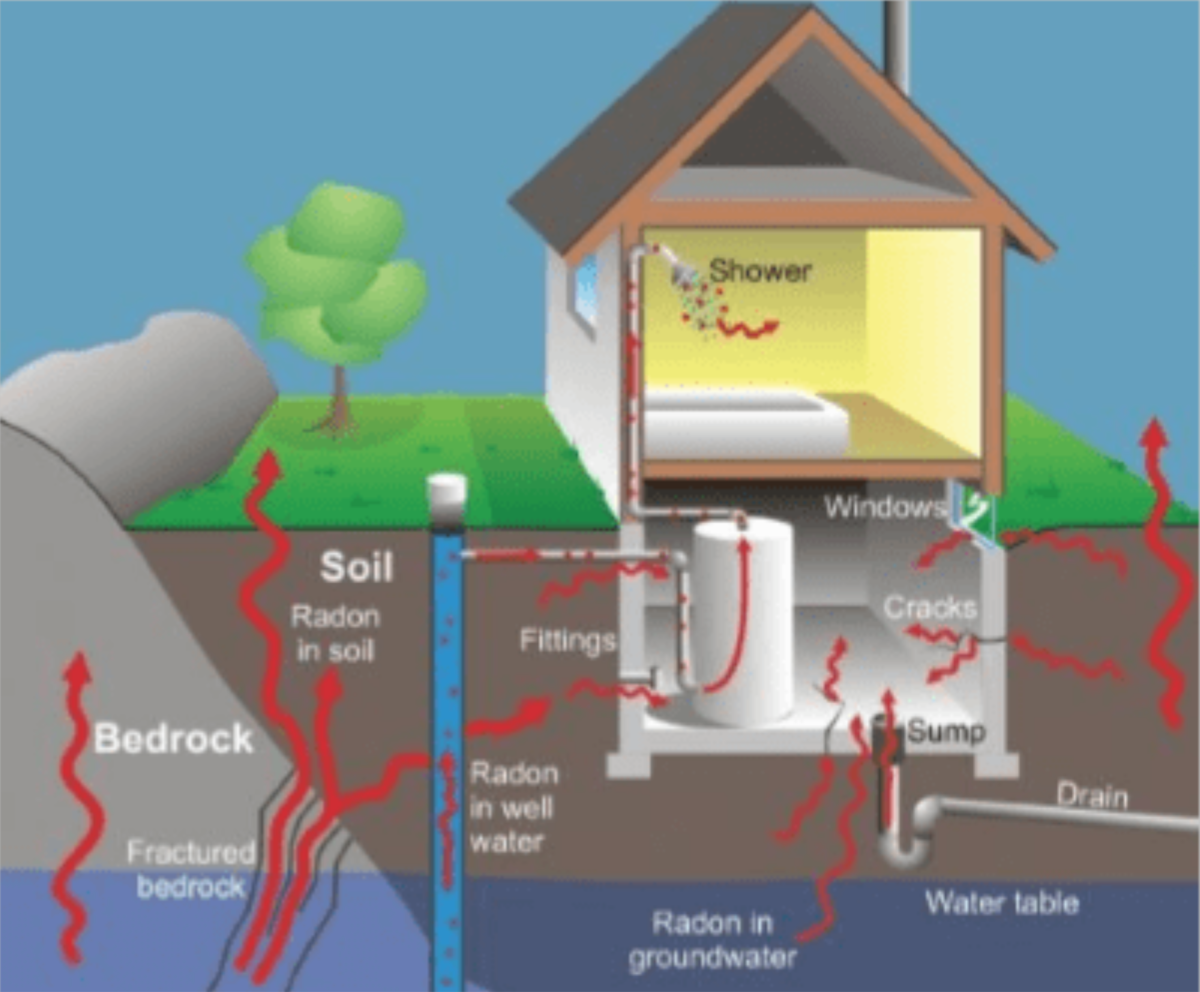Radiation Studies
United States EPA
Is radon really bad for you?
Breathing radon over time increases your risk of lung cancer. Radon is the second leading cause of lung cancer in the United States. Nationally, the EPA estimates that about 21,000 people die each year from radon-related lung cancer. Only smoking http://rowankkew513.image-perth.org/radon-screening-in-property causes more lung cancer deaths.
Because of that, every house ought to make the most of radon testing, which is easy, cost-effective, and lifesaving, the organization states. Some granite kitchen counters might subject people to various degrees of radon.
Just concerning 20% of all colleges nationwide have done screening, even though the EPA advises that every college be evaluated. These numbers are probably not high sufficient to ensure defense of most of kids from raised radon exposures. For direct exposure standards to be reliable, they should be established for those most prone. The primary route of direct exposure to radon and also its kids is inhalation.
Is radon mitigation really necessary?
When radon gas enters the body, it exposes the lungs to small amounts of radiation. In small quantities, experts say this is harmless. However, in persistent exposures or larger quantities, radon can damage the cells of the lining of the lungs, increasing a person's chance of developing lung cancer.
The United States EPA has put it simply, stating, "Any radon exposure has some danger of creating lung cancer cells. Radon gas is a naturally-occurring result of the contaminated decay of Uranium in the dirt. Relying on your geographic place, the radon degrees of the air you take a breath outside of your home may be as high as 0.75 pCi/L.
- Radon gas is a naturally-occurring by-product of the radioactive decay of Uranium in the dirt.
- Depending upon your geographic area, the radon degrees of the air you breathe beyond your residence may be as high as 0.75 pCi/L.
- The national standard of outdoors radon degrees is 0.4 pCi/L as well as it is estimated by the National Academy of Sciences that outdoor radon levels create around 800 of the 21,000 radon caused lung cancer deaths in the US yearly.
- The United States EPA has actually put it clearly, stating, "Any type of radon direct exposure has some threat of triggering lung cancer.
How do you eliminate radon?
Possible symptoms include shortness of breath (difficulty breathing), a new or worsening cough, pain or tightness in the chest, hoarseness, or trouble swallowing. If you smoke and you know you've been exposed to high levels of radon, it's very important to quit smoking.
January is National Radon Action month as well as the Environmental Protection Agency is asking house owners to "save a life" by screening for radon as well as dealing with any issues they find. Radon is a radioactive gas and also direct exposure to it triggers 21,000 lung cancer cells deaths per year-- only cigarette smoking triggers much more. Since you can't see, scent or taste radon, it is necessary to occasionally test the air in your home.

Just how hazardous is radon gas?
In a house with forced air heating and cooling, radon gas can quickly be distributed throughout the whole residence. When radon gas is discharged through a radon reduction system above the roof, the radon focus diminishes dramatically with distance from the point of discharge. As a matter of fact, the radon gas concentration comes close to background levels at 3-4 feet from the discharge point.
How long does it take for radon to cause cancer?
Fact: You will reduce your risk of lung cancer when you reduce radon levels, even if you've lived with an elevated radon level for a long time. Keep in mind that radon levels below 4 pCi/L still pose some risk and that radon levels can be reduced to 2 pCi/L or below in most homes.
